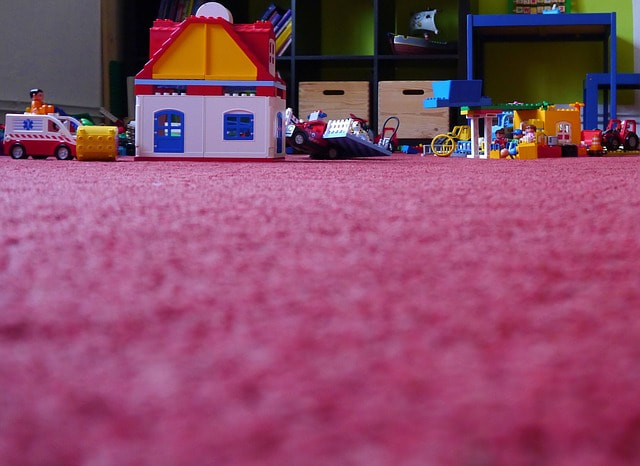Children's Eye Safety In & Around Your Home | Home Eye Safety & Eye Injury Prevention Month10/31/2017
Let’s start by looking at common causes of children’s eye injuries at home, before we dive into how to prevent them and what to do should one occur. Common Causes of Children's Eye Injuries at HomeWe’ve all heard the cautionary warning: “Don’t run with scissors.” That’s because common products and everyday household situations such as that can cause serious eye injuries at home. Common causes of children’s eye injuries at home include:
Now that we’ve established how children commonly sustain eye injuries at home, let’s look at how to prevent them. Eye Safety Tips for Children Inside the HomeGetting a little relaxed about safety precautions at home is easy to do, but it’s important to look around your house and determine what you can do to decrease the chances of your child sustaining an eye injury. Consider the following tips:
Playing Outside and Eye Injury PreventionWhile it’s great for kids of all ages to spend time away from the TV, computer, or tablet and spend time playing outside, it’s also important to make sure they play safely outdoors. Keep the following safety tips in mind to decrease your child’s risk of an eye injury:
How to Handle an Accidental Eye InjuryIf your child does suffer an eye injury, do not put ointment in your child’s eye or try to remove a foreign object from the eye yourself. Although older kids and teens can let you know if their vision is out of focus, young children may not be able to express vision disturbances. Have your child examined by an eye doctor immediately, even if you don’t think it’s serious. Some injuries may not be obvious at first.
By taking the steps above, you can decrease your child’s risk of an eye injury and help protect their vision. Please call our office at 508-746-8600 if you have any questions or concerns. Thanks for reading our posts for Home Eye Safety Month / Eye Injury Prevention Month. Please check back with us soon as we cover Diabetic Eye Disease Month and “Five Things to Understand About Diabetic Retinopathy”. Comments are closed.
|
EYE HEALTH BLOGCategories
All
Archives
July 2024
|
|
Kadrmas Eye Care New England
55 Commerce Way, Plymouth, MA 02360
14 Tobey Road, Wareham, MA 02571 133 Falmouth Road (Rt 28), Mashpee, MA 02649 |
Phone Number:
1-508-746-8600 Hours: Monday through Friday — 8 AM – 4:30 PM |


 RSS Feed
RSS Feed
